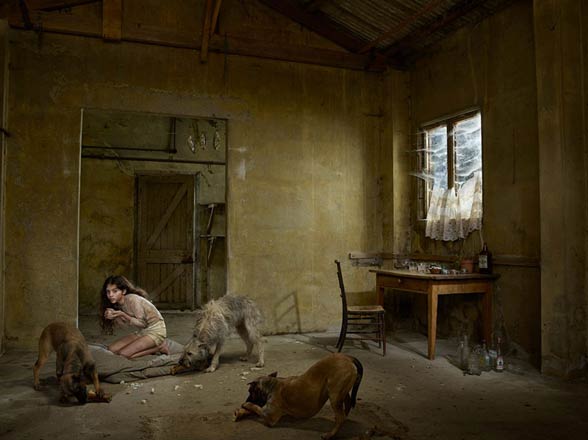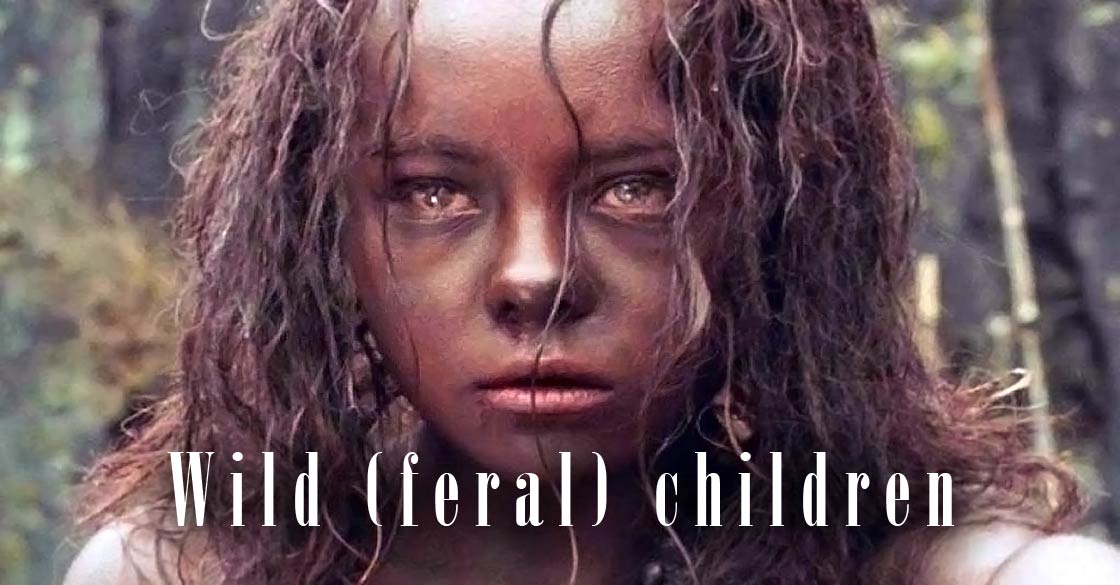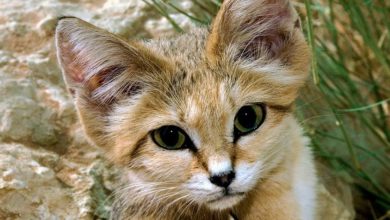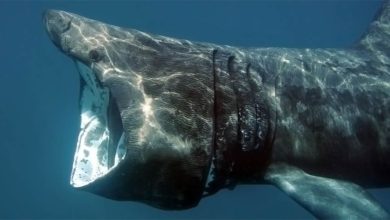Wild (feral) children
Hearing the term “wild child” we usually imagine Mowgli – the hero of the novel “The Book of the Jungle”, a boy brought up by animals. Despite the wild temper, the boy is very well socialized, spiritual and educated. Mowgli is an example of the so-called a noble savage – a man unspoiled by civilization, deeply connected with nature. The same is true of Tarzan, raised by monkeys in the African jungle, who is also a literary character.
The children referred to in this article, however, have little in common with the ideas of Kipling, the author of a collection of short stories “The Book of the Jungle” or Edgar Rice Burroughs, the creator of a series of books about the adventures of Tarzan…
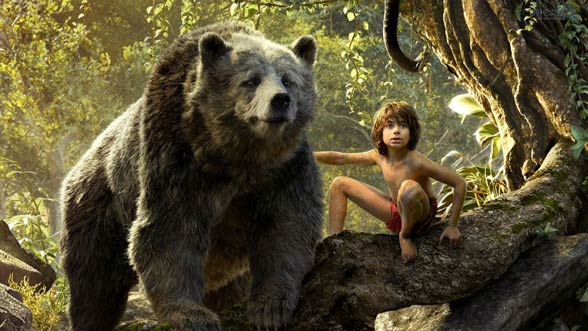
Who are the wild children?
Children who have been isolated from people at a very young age are called wild (feral) or wolf children. They do not know the human norms of behavior, have no parental care and they are not familiar with the human speech.
Why have they become wild?
Usually these children are simply abandoned by the carers. However, history has shown that children are isolated by their parents (e.g. Genie, born in 1957, was imprisoned by her father for more than 13 years with a mental disorder with her mother’s consent). Such abuse often affects children with intellectual or physical disabilities who are emotionally rejected by their families.
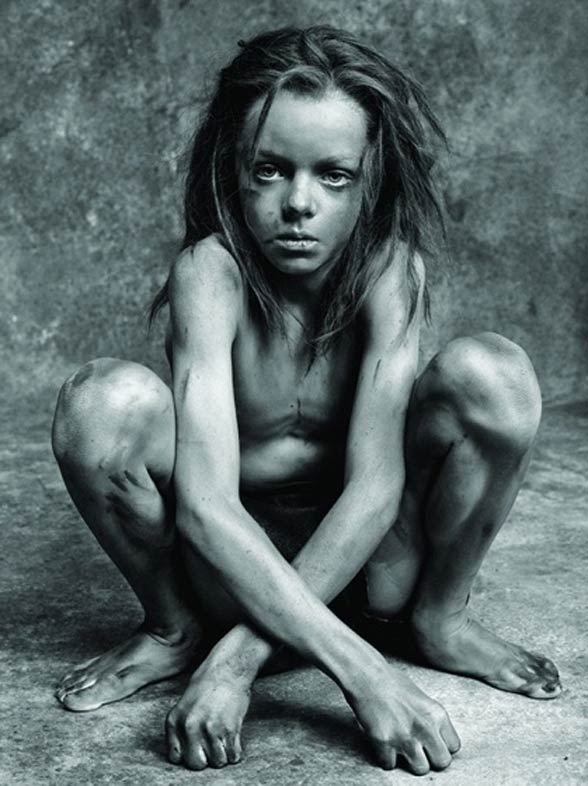
What are the characteristics of wild children?
Children cut off from contacts with other people do not have basic social skills, acquired through the process of the so-called inculturation (growing up in a culture in which a given child functions).
A wild child can therefore move on all fours (often, despite efforts, it will never learn to move upright), it will not be able to use the toilet, and its interest in surrounding people will be negligible.
Due to the above deficiencies, these children may seem to be mentally handicapped. One of the greatest difficulties during the “civilization” of a wild child is to teach it human speech. The ability to learn speech is very impaired, so these children, despite learning, have very limited verbal skills.
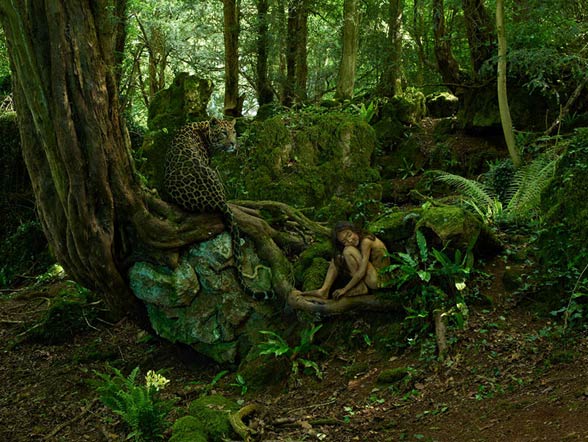
Speech and hypothesis of the critical period
Specialists to this day are wondering why it is extremely difficult to absorb human speech in wild children. They do not have hard evidence, only hypotheses. The most probable is the so-called the critical period hypothesis, created by the American neurologist and linguist Eric Lenneberg. It says that children have a specific moment of language acquisition. This period lasts from infancy to the end of puberty. If at that time the child is not familiarized with speech and language, later learning is much more difficult (although it is not impossible).
This hypothesis, however, is more complex, because it does not exclude the possibility of learning a language after puberty.
No stimulation – smaller brain
Research shows that the brains of wild children were not stimulated (e.g. by speech) and thus remained smaller than those of their healthy developing peers. Too small brain is not able to assimilate new things as effectively as a well-developed brain. Perhaps this is the main reason for the huge problems with learning a language by so-called feral children.
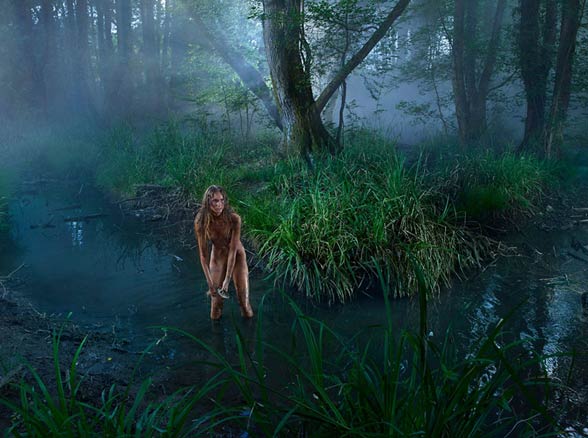
The most famous wild (feral) children
Apart from mythical figures, such as Romulus and Remus (founders of Rome, raised by a she-wolf), or fairy-tale ones, e.g. Mowgli from the “Jungle Book”, there are many (almost) real examples of children raised in complete isolation or among animals.
Many of the documents found describing wild children are considered mystifications. However, there are entries interesting enough to bring them closer.

Kaspar Hauser
In the 19h century, we meet a man named Kaspar Hauser, called the “Orphan of Europe”. The young man appeared on the streets of Nuremberg (Germany) on May 26, 1828. He carried a letter, in which the author wrote that Kaspar went to him as an infant on October 7, 1812. The boy is said to have been taught the reading, writing and principles of the Christian religion, but he never left the house of the author of the letter. In fact, Kaspar only repeated that he wanted to be a cavalryman like his father and “Riding! Riding! The reaction to the questions was crying or “I do not know.”
Kaspar knew how to use the money, knew several prayers and read poorly. Although he was able to answer a few questions, his vocabulary was poor. From Kaspar’s story, it appeared that since he remembered, he had lived in a dark and narrow dungeon, where he had only a bed and a few wooden toys at his disposal. He also claimed that every morning he found water and bread next to his bed.
Several times the boy was attacked by unknown attackers. On December 14, 1833, Kaspar was stabbed in the heart area. He died 3 days later.

Genie
Genie mentioned earlier, is a girl born in 1957 in California. It is not known what her real name is, “Genie” is a pseudonym given by those who take care of her.
For over 13 years, Genie was a victim of violence from an angry father and an extremely passive mother. Father locked his daughter in the room with the windows covered. At night, he tied her to bed and put on a kind of safety straitjacket. If the girl did something that her father didn’t like, he barked his teeth, wandered and barked like a big dog to intimidate the child. Probably she was also beaten. Suspected sexual abuse was also reported, but this has not been confirmed.
In 1970, after 13.5 years in prison, her mother took Genie, who was undernourished (she weighed 27 kg when she was 137 cm tall) and fled to her parents. Thus began the difficult and unhappy journey of Genie’s freedom. After saving and many years of education, she had to return to her difficult mother again. However, she was not able to take care of Genie, which is why Genie was moved from home to home. In several foster families, she experienced physical violence, which dramatically stopped her from developing and even stepped back her development.
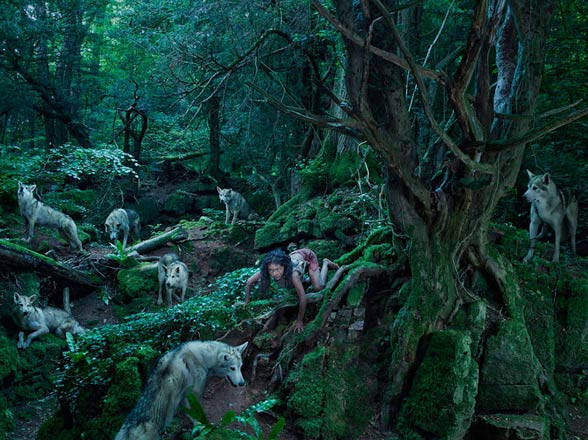
Genie’s problems
Genie, as a “textbook” wild child, could not speak, had problems with moving upright (maintaining balance), and her reactions to people were negligible: she did not pay attention to people around her. She was more interested in new objects than people. Today, she is probably in a small center for adults with intellectual disabilities in Los Angeles.
Kiri
In 2007, the world learned of a girl from the Cambodian jungle. According to the report, on 13 January 2007, a young woman came out of the tropical forest in the north-eastern province of Rôttanak Kiri. The girl was naked, dirty and covered with scars. A family from a nearby village said it was their daughter, born in 1979, who disappeared around 1989. The media hailed her as another wild child who had lived in the forest for many years.
However, some journalists and non-governmental organizations (NGOs) considered that the girl had managed to escape from her place of detention. In 2016, a Vietnamese man admitted that he was related to a girl he had found. He claimed that she was his daughter, who had disappeared a year earlier.

The relationship was confirmed by documents provided by the man to the immigration office and a correctly described pepper on her lip and a scar on her hand. The man was granted a permit to transport the girl to Vietnam.
When she was brought into civilization, she began to show the characteristics of a feral woman: she did not like to move on two legs, she preferred to walk on four limbs. Moreover, she knew only 3 phrases: “Mother”, “Father” and “abdominal pain”. She tried several times to escape back to the jungle, and when they tried to put on her clothes, she wanted to take them off. She preferred to sleep in a small house near her family’s house.
She attended her relatives only for meals (3-4 times a day). She did not speak, but she started to establish visual contact with people. She currently lives in Vietnam.
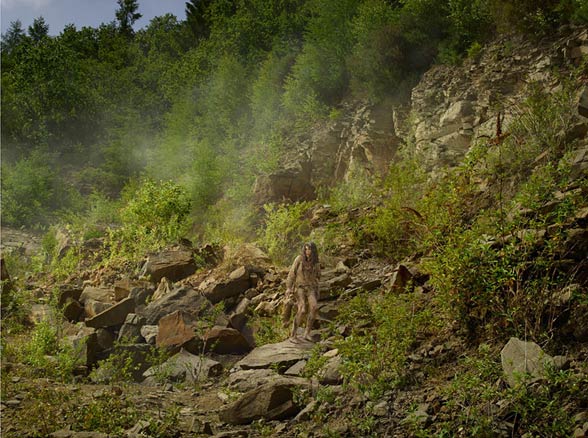
Other wild (feral) children
Less known, though no less sad stories concern other wild children:
- Marie Angelique Memmie Le Blanc (The Wild Girl of Champagne – a wild girl from Champagne), France 1731
- Victor (The Wild Boy of Aveyron – a wild boy from Aveyron), France 1797
- Lobo Wolf Girl, Mexico 1845-1852
- The Leopard Boy, India 1912
- Kamala and Amala, India 1920
- Marina Chapman, Colombia 1959
- Shamdeo, India 1972
- Sujit Kumar Chicken Boy, Fiji 1978
- John Ssebunya (The Monkey Boy), Uganda 1991
- Oxana Malaya, Ukraine 1991
- Ivan Mishukov, Russia 1998
- Vanya Yudin, (Russian bird boy), Russia, (2008)
- Madina, Russia 2013
Do you know other cases of wild children – real or fairytale? If so, enter them in the comments under the article.
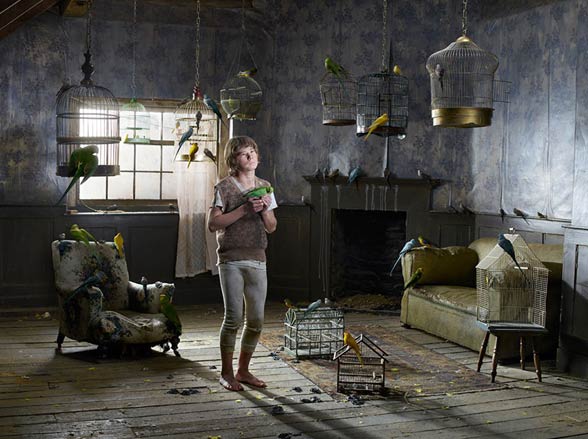
Wild children – interesting facts
- In Ansbach, a German city, you can admire a sculpture depicting Kaspar Hauser.
- According to witnesses, a girl from the Cambodian jungle was accompanied by a man with a sword who suddenly escaped. Some villagers believe it was the spirit of the jungle.
- Genie is one of the best-known examples of a child with delayed language development who has learned a language.
